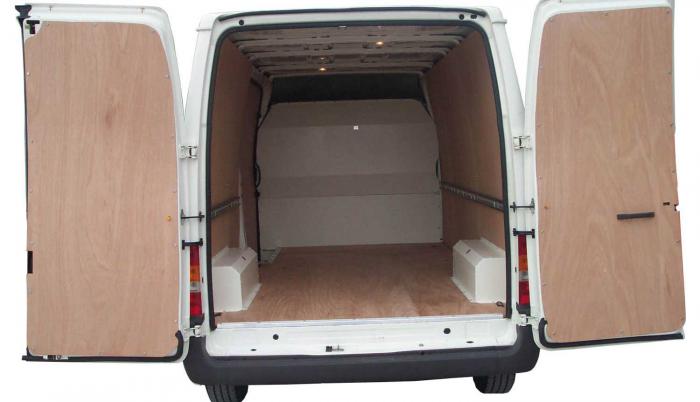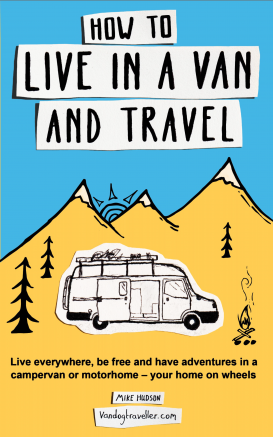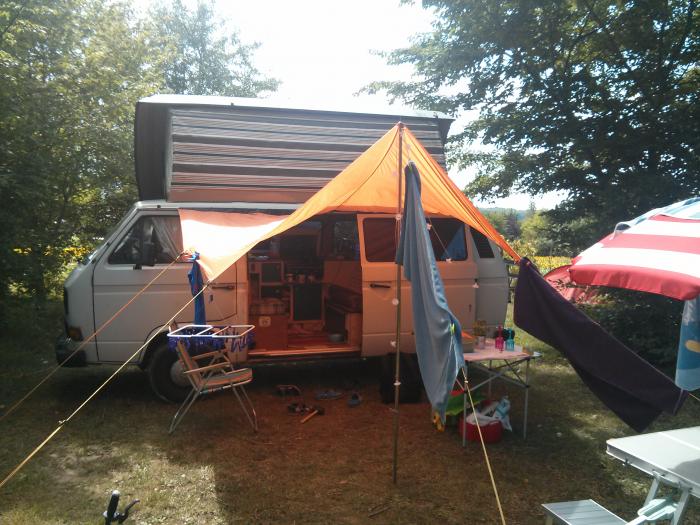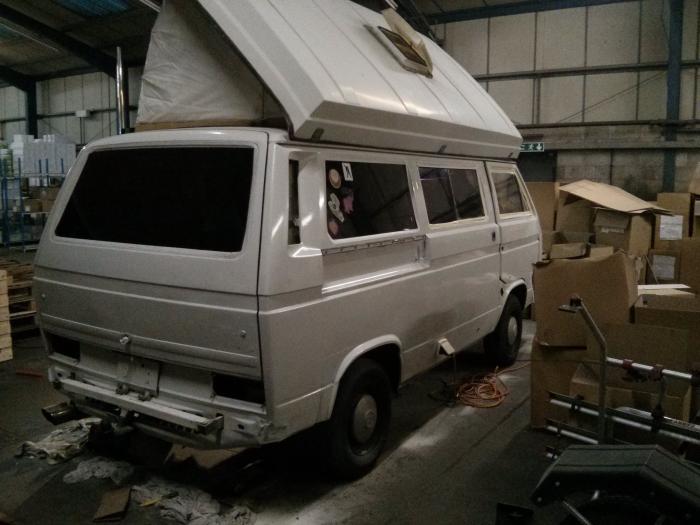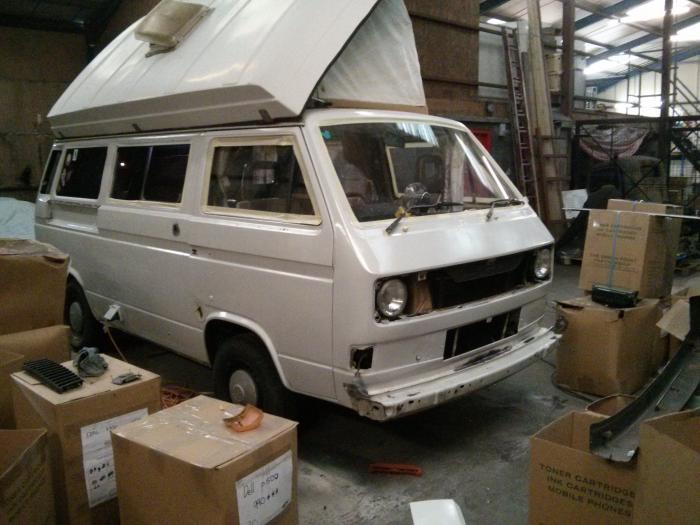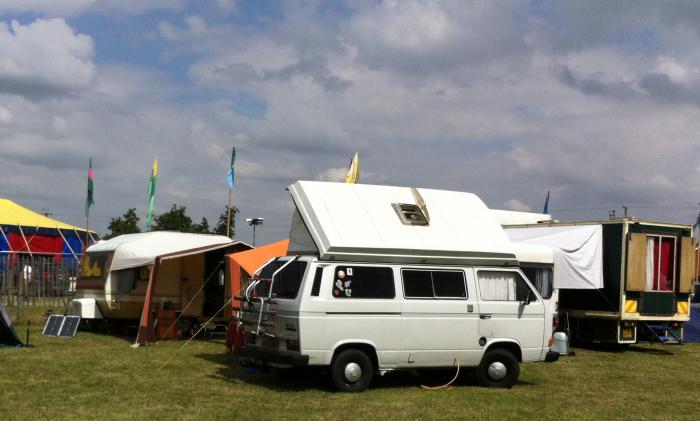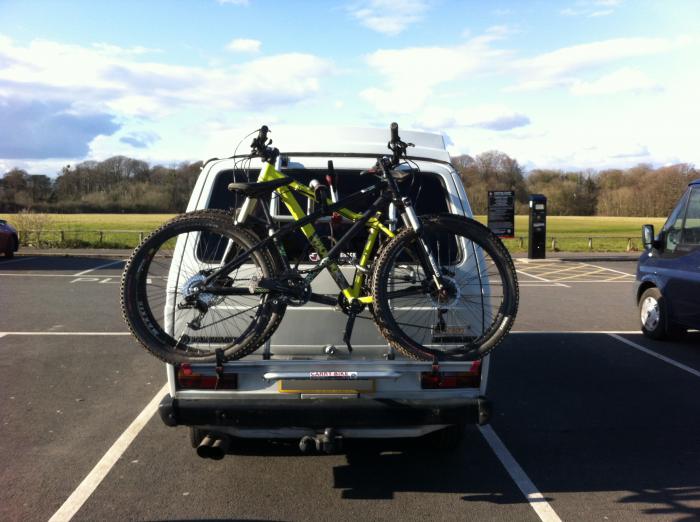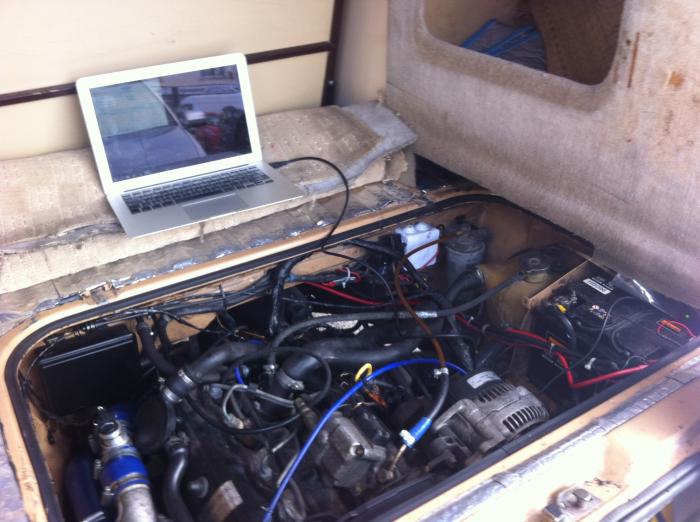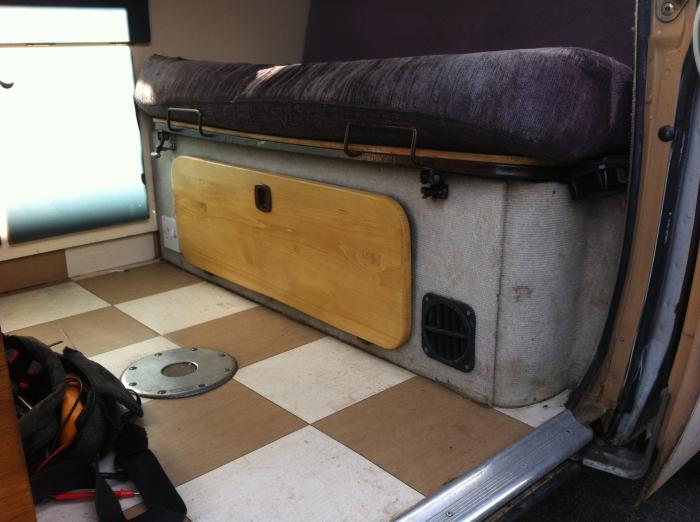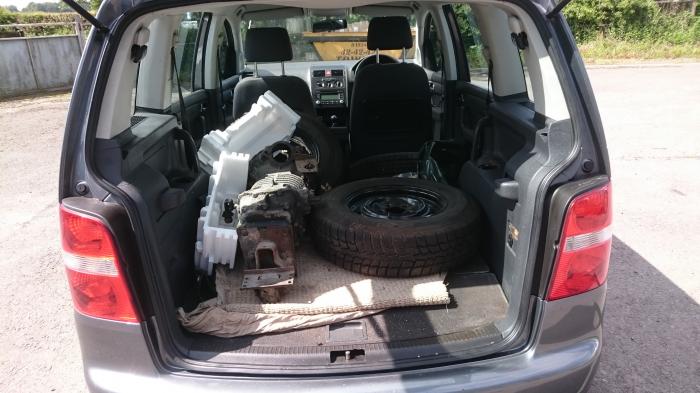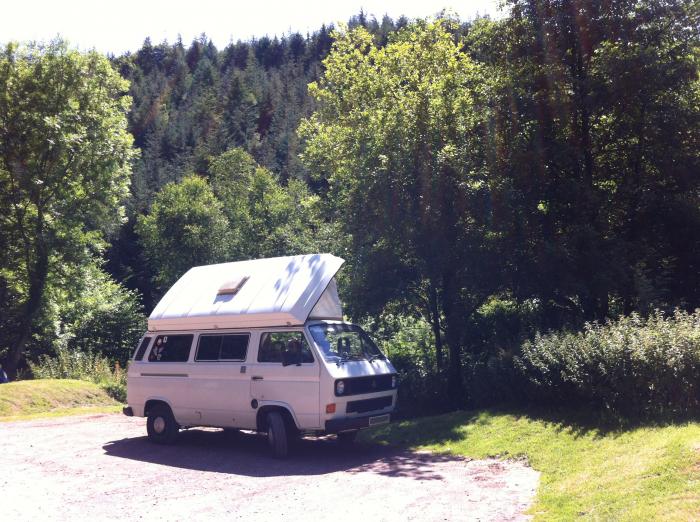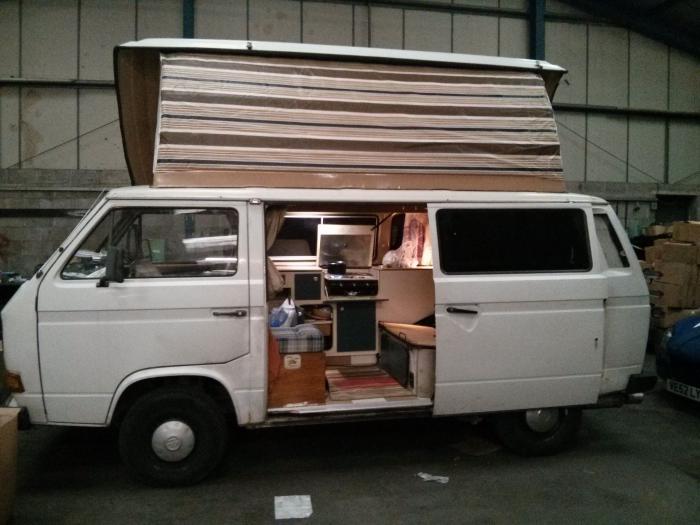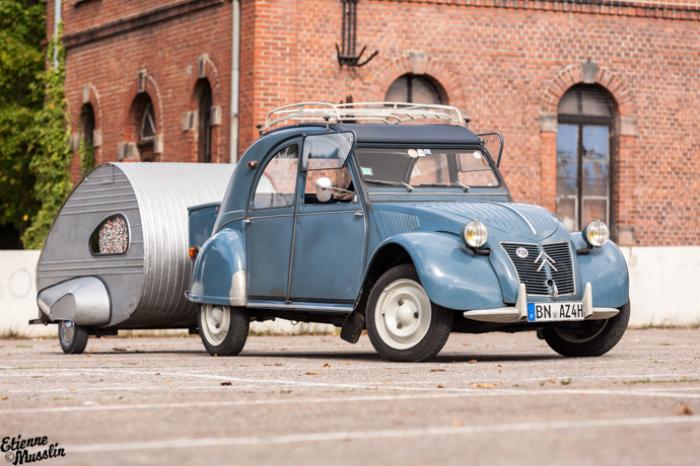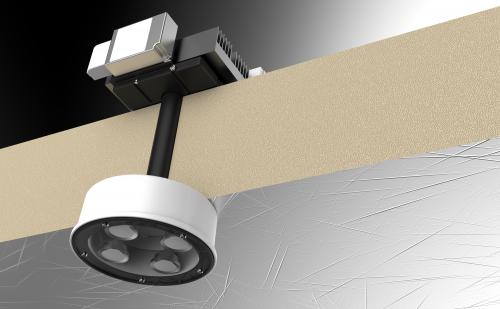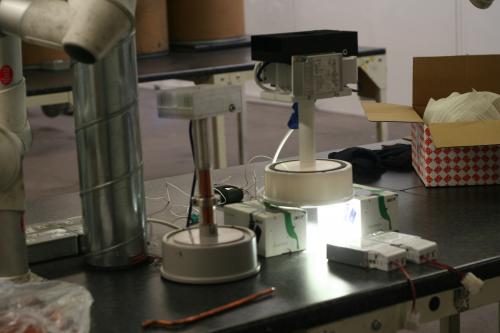What is a Full Stack web developer?
TL;DR It’s just a convenient term to describe a web developer who does both front and back-end, and maybe some other things .
I label myself as a Freelance Full-stack Web Developer (or Fullstack, for those who like to join two words together into non-existent ones) , but what does that actually mean?
Web developers who write HTML, CSS and (maybe) JavaScript, but don’t do any server-side code (e.g. PHP, Python, Rails etc.) might call themselves “Front-end” developers. Web developers who only do server-side code, and never do any HTML, CSS or (browser-based) JavaScript might refer to themselves as “Back-end” developers.
Therefore someone (like me) who does both Front-end and Back-end code might refer to themselves as a Full-Stack developer.
“Fullstack” developer. pic.twitter.com/yfymQmJJgq
— Brian Holt (@holtbt) March 24, 2018
But there’s usually more to getting a website or web app built and up on the internet than just writing code.
There’s (sometimes) provisioning servers, installing web server software, installing database software and other dependencies. There’s setting up development, staging and live versions of websites, setting up domain records for websites and mail servers and installing SSL certificates. That might be the job of a sysadmin and/or DevOps specialist, but some web developers might take on that part of the job, either by choice or by necessity.
Most web apps need a database, and this database might need designing, optimising and maintaining. That’s a job for a DBA if you are lucky to have one, but i’ve only worked for one company who had a dedicated DBA, so that job usually also falls to a developer.
There’s often plenty more roles that make up the stack – testers, technical project managers, UX, Designers, and in some companies there will be dedicated individuals or teams for all of these roles, but for a small agency or freelancer, often these are taken on by a full-stack web developer.
Now just like Front-end and Back-end are made-up terms, so is Full-Stack. For me it’s just a convenient way of saying that i’m not just a front-end developer, or not just a back-end developer, I do both, and some other things.
Jack of all trades, master of none?
Hey! I resemble that remark! Actually I prefer to say “Jack of all trades, master of some“. I’d like to get better at all of the various roles that make up my workload, but people dedicated to a particular role exclusively will inevitably master skills in that area that I probably won’t.
But there’s more parts to the stack, can you do all those too?
A heated discussion on a local web dev forum had people extrapolating “the stack” to include hardware and low-level operating system code (and maybe beyond?) at one end. I neither do that stuff, or consider it as part of the web-development stack.
At the other end people were adding in any role that could possibly related to the development of a website or web app – account handlers, financial directors, accountants, HR, office manager. Although as a freelancer I have to take on some of those roles myself, I don’t consider them to be part of the web-development stack!

